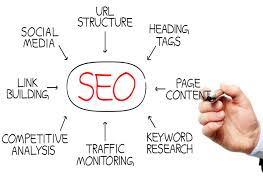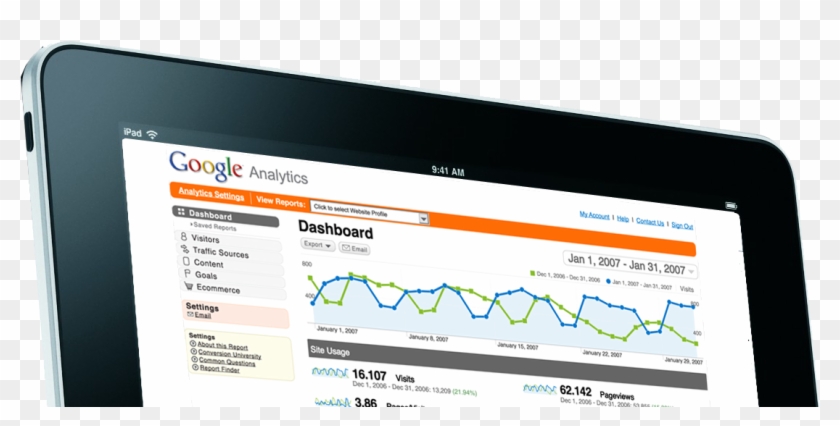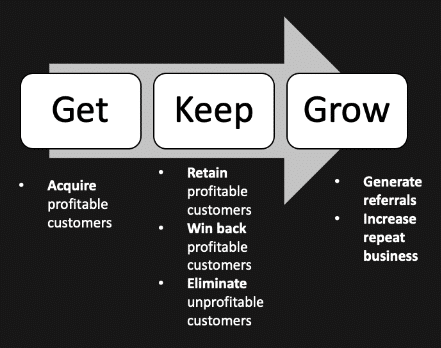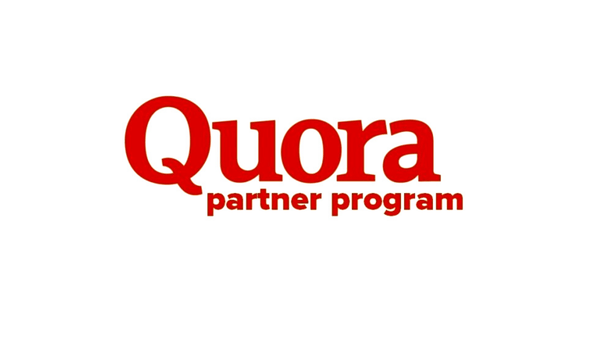SEO Learning Course | 5 Best SEO Course Online Free
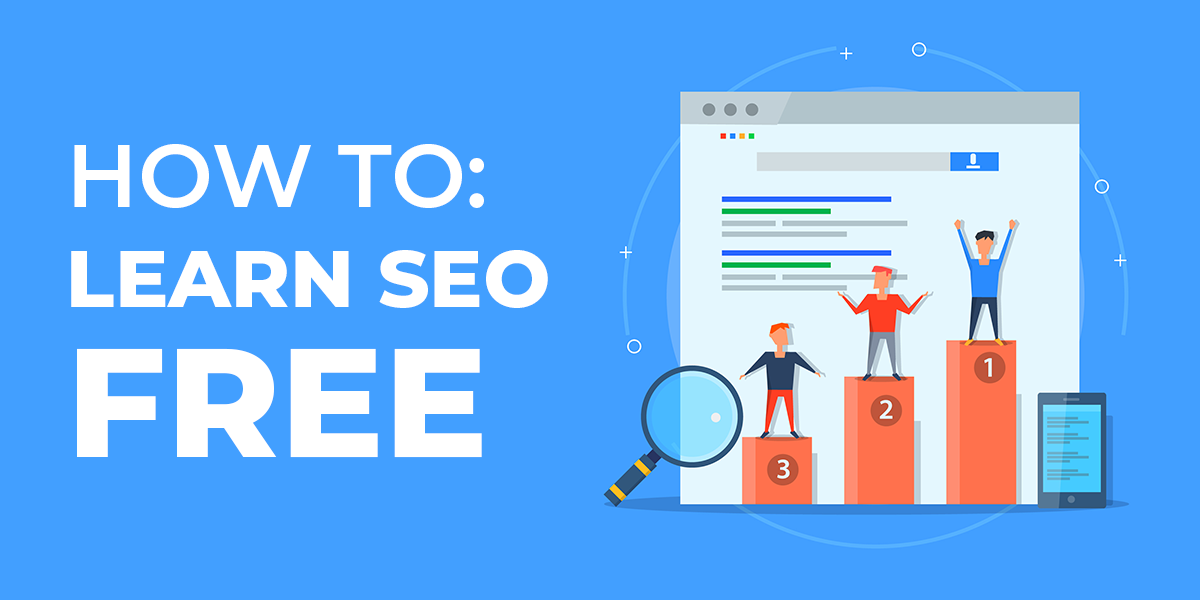
Table of Content:
Welcome to your SEO Learning Journey
The Basics of Search Engine Optimization
SEO – What is it and why it is important?
Welcome to your SEO Learning Journey:
- SEO Basic
- How Search Engines Work:
- Keyword Research
- On-Page SEO
- Technical SEO
- Link Building & Establishing Authority
- Measuring & Tracking SEO Success
The Basics of Search Engine Optimization
- Crawl accessibility so engines can read your website
- Compelling content that answers the searcher’s query
- Keywords optimized to attract searchers & engines
-
Excellent user experience with fastload speed and compelling UX
- Share-worthy content that earns links, citations, and amplification
-
To draw high CTR in the rankings, title, URL, & explanation
- Snippet/schema markup to stand out in SERPs
SEO Learning – What is it and why it is important?
SEO stands for “Search Engine Optimization”. It is customary to increase the quality and quantity of website traffic as well as your brand visibility through unpaid (also known as “organic”) search engine results.
It’s about understanding what people are looking for online, looking for answers, the words they’re using, and the type of content they wish to consume.
Knowing the answers to these questions will allow you to communicate with the individuals who are looking for the solutions you provide online.
If knowing the intent of your audience is one aspect of SEO learning, then the search engine can find and understand crawlers that are on the other side. In this Blog, expect how to do both.

1. Search engine basics for SEO learning:
Search engines are answer machines. To decide which content is most likely to answer your question, they scour billions of pieces of content and test thousands of variables.
Through finding and cataloging all available content on the Internet (web pages, PDFs, photos, images, etc.) through a process known as “crawling and indexing,” search engines do all this and then order it by how well it fits the query in a process we refer to as “ranking.”
2. Which search results are “organic”?
As we have said before, organic search results are what is achieved through effective SEO learning, not paid (ie no advertising).
Today, search engine results pages are filled with both more ads and more complex organic results formats (called “SERP features”) than we’ve ever seen before, often referred to as “SERPs.”
For example, if you search for “London Weather” you will see the weather forecast for the city of London directly in the SERP instead of a link from a site. And, if you search for “pizza London,” you’ll see the result of a “local pack” made up of pizza places in London.
Mind that search engines make money from advertising. Their aim is to solve the queries of searchers (within SERPs) better, to keep searchers coming back, and to keep them longer on the SERPs.
On Google, certain SERP features are organic and can be inspired by SEO.
These include the snippets (a promotional organic result that shows the answer inside a box) and related questions (a.k.a. “People Ask too” box). These include the snippets and related questions (a promotional organic outcome that shows the answer inside a box) (a.k.a. “People Ask too” box).
3. Why SEO learning is important:
Organic search results cover more digital real estate, are more credible to know-it-all searchers, and receive far more clicks than paid ads. In a nutshell, SEO has ~20X more mobile and desktop traffic opportunities than PPC.
SEO learning is just one of the online marketing channels that, when set up correctly, can continue to pay dividends over time. Your traffic will snowball over time if you have a solid piece of content that deserves to rank for the right keywords, while advertising needs continuous funding to send traffic to your site.
SEO professional, consultant, or agency?
You could perform some basic SEO learning yourself. But if you end up looking for professional assistance, it is important to know that many companies and consultants “provide SEO services,” but the standard will vary widely.
It will save you a lot of time and money to know how to pick a good SEO company, as the wrong SEO techniques will potentially hurt your site more than they can support.
White Hat vs Black Hat SEO
“White hat SEO” refers to SEO techniques, best practices, and strategies that stick to the law of the search engine, the primary emphasis being to provide users with more value.
“Black hat SEO” refers to tactics that aim to spam/fool search engines and strategies. Although black hat SEO can work, it puts websites at enormous risk of penalization and/or de-indexation (removal from search results) and has ethical consequences.
Penalized firms have bankrupt websites. It’s just another justification for selecting an SEO expert or organization to be really cautious.
4. Search engines share common objectives with the SEO business.
To help you succeed, search engines want to. The SEO community’s efforts are also very supportive of them. Digital marketing conferences frequently host engineers and representatives from major search engines, such as Unbounce, MNsearch, SearchLove, and Moz’s own MozCon.
Although the rules for webmasters differ from search engine to search engine, the basic concepts remain the same: Don’t try to trick search engines. Instead, have a fantastic online experience for your guests. To do that, obey the guidelines for search engines and satisfy the intent of the user.
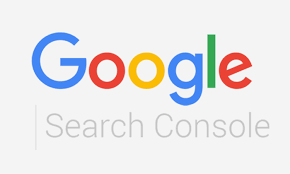
Google Webmaster Guidelines – Principles of basics SEO learning:
- Make pages for users primarily, not for search engines.
- Don’t mislead your users.
- Stop tricks designed to boost rankings for search engines. A simple rule of thumb is if you’d feel comfortable describing what you’ve done to a website to a Google employee.
- Another helpful test is to ask, “Are my users helped by this?”If search engines didn’t exist, would I do this? Think about what makes your website unique, useful, or engaging.
Things to avoid:
- Automatically generated content
- Participating in link schemes
- Page development with little to no original content (i.e. copied from somewhere else)
- Cloaking – is the method of revealing information distinct from visitors to search engine crawlers.
- Hidden text and links
- Doorway pages – are pages created to rank well to funnel traffic to your website for unique searches.
Bing Webmaster Guidelines – Basic principles for SEO learning:
- Provide content on your site that is simple, deep, engaging, and easy to find.
- Keep straightforward and pertinent page names.
- Links are known to have evolved organically as a signal of popularity and Bing rewards links.
- Social influence and social networking are constructive signs and can have a long-term effect on how you rank organically.
- Along with a positive, useful user experience, page speed is important.
- To identify images, use alt attributes so that Bing can better understand the content.
Things to avoid for SEO learning:
- It will not rank well for thin content, pages displaying only advertisements or affiliate links, or that otherwise redirect visitors away to other sites.
- Abusive link strategies aimed at inflating the number and type of inbound links, such as the purchase of links and involvement in link schemes, can lead to de-indexing.
- Make sure clear, concise, keyword URL structures are in place. Dynamic parameters can corrupt your URL and cause duplicate content issues.
- Whenever possible, make your URLs descriptive, simple, rich with keywords, and avoid non-letter characters.
- Javascript/Flash/Silverlight burial links; keep content out of these as well.
- Duplicate content
- Keyword stuffing
-
Cloaking is the method of displaying distinct content from visitors to the search engine crawlers.
5. Things to do when representing your local business on Google
It qualifies for a Google My Business listing if the organization for which you conduct SEO work operates locally, either from a storefront or drives to customer locations to perform service.
Basic principles for SEO learning:
- Make sure that you are eligible to be included in the Google My Business index; you must have a physical address and serve clients face-to-face, either at your place (such as a retail store) or at theirs (like a plumber)
- Reflect all aspects of your local business data honestly and accurately, including its name, address, phone number, website address, business categories, hours of operation, and other characteristics.
Things to avoid for SEO learning:
- Creation of listings for Google My Company for organizations not qualified
- Misrepresentation of some of your core business details, like “stuffing” geographic or service keywords with your business name or creating listings for fake addresses.
- Usage of virtual offices or PO boxes instead of authentic street addresses
- Abuse of the Google My Business listing review section, through fake positive reviews of your company or fake negative reviews of your competitors
- Costly, novice errors resulting from the inability to read the fine details of the guidance from Google
5. Fulfilling user intent
Focus on understanding and satisfying user intent instead of breaking these rules in an effort to trick search engines into ranking you higher. They have the desired outcome when a person looks for something. The desired content is their “user intent,” whether it’s a response, concert tickets, or a cat photo.
Common user intent types for SEO learning Course:
- Informative: Knowledge quest. “Example: “Which is the best kind of photography laptop”?
- Navigational: Looking for a particular website. “Here is an example: “Apple
- Transactional: Check for something to purchase. Example: “good MacBook Pros deals”
For example, if you have a photo browser, people are more likely to search for photos while searching for that keyword.
Review the material that your top-ranking rivals deliver that you are not at present. It will help you rank higher in search results by providing appropriate, high-quality content on your website, and, more importantly, it will build credibility and confidence with your online audience. SEO Course in Rawalpindi
Before you do all of that, to implement an SEO strategy, you must first grasp the aims of your website.

6. Know your website/client’s goals
Every website is different, so take the time to better understand the business objectives of a particular site. Not only will this help you decide which SEO learning areas you should concentrate on, where to track conversions, and how to set targets, but it will also help you build talking points with consumers, managers, etc. to discuss SEO projects.
To calculate the return on SEO investment, what will your KPIs (Key Performance Indicators) be? More specifically, to calculate the effectiveness of your organic search efforts, what is your barometer? Even if it’s this easy, you’ll want to get it documented:
For the Website _______, my primary SEO KPI is _________
To get you started, here are a few popular KPIs:
- Sales
- Downloads
- Email signups
- Contact form submissions
- Phone calls
And you’ll also want to identify KPIs for your Google My Business listings if your company has a local portion. These might include:
- Clicks-to-call
- Clicks-to-website
- Clicks-for-driving-directions
In your SEO learning journey, SEO will help your website rank higher in search results and thereby drive more traffic to your website since ranking and traffic are a means to an end. If no one clicks through to your site, there’s little point in rating, and if that traffic doesn’t achieve a greater business goal, there’s no use in growing your traffic.
If you run a lead generation site, for example, you would rather have:
- Fill out a contact form for 1,000 monthly visitors and 3 individuals. Or… Yeah, or
- Fill out a contact form with 300 monthly guests and 40 individuals.
If you use SEO to push traffic to your site for conversion purposes, we hope that you will choose the latter! Make sure you’ve set out your business goals before embarking on SEO, then use SEO to help you achieve them, not the other way around.
SEO works much better than the vanity matrix. When done well, it helps real businesses achieve their true goals of success.
Taking an SEO course can benefit businesses, marketers, website owners, bloggers, or anyone interested in learning how to optimize their website for search engines. Here are some of the top reasons why you should consider taking an SEO course:
(SEO Course in Pakistan with Live Classes)
Most Popular SEO Blogs:
- Welcome to your SEO learning journey | Basic to Advance
- SEO-friendly blog post – 10 Tips for Writing
- Off-Page SEO: What It Is and Why It’s Important
- ON-PAGE SEO – Learn SEO in 7 steps | Basic to Advance
- What is a Search Engine? | Welcome to your SEO learning journey
- Keyword Research: How to Target and Prioritize keywords
- KEYWORD RESEARCH | Learn SEO in 7 Steps
- 7 Tips for keyword research in SEO – Things to Know
- WordPress SEO Tips | How to Boost Rankings
- Link building – How to build high-quality backlinks
- TRACKING SEO PERFORMANCE | Lean SEO in 7 steps

